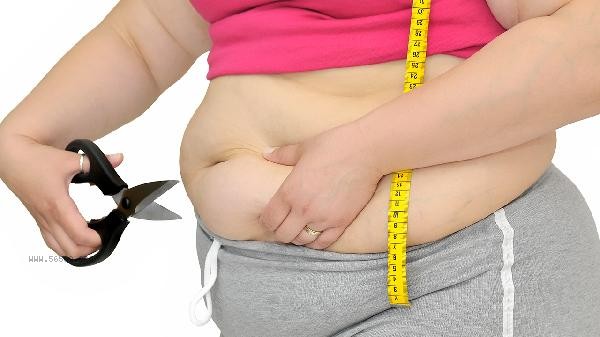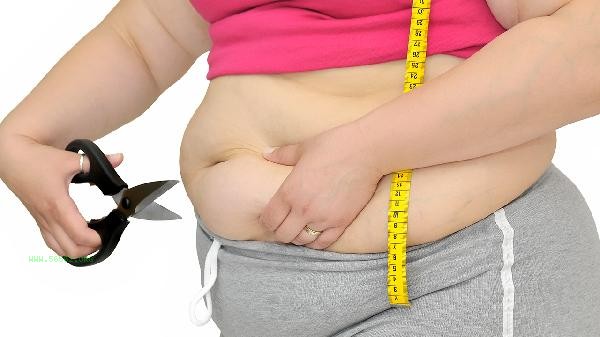The criteria for determining abdominal obesity are a male waist circumference exceeding 90 centimeters and a female waist circumference exceeding 85 centimeters. Abdominal obesity is mainly related to visceral fat accumulation, which may increase the risk of cardiovascular disease and metabolic syndrome.

1. Male waist circumference standard
The measurement position for adult male waist circumference is at the level of the navel, with a soft tape tightly attached to the skin but not compressing soft tissues. If the waist circumference exceeds 90 centimeters, it meets the criteria for abdominal obesity, indicating that visceral fat may exceed the standard. Excessive visceral fat can secrete inflammatory factors, interfere with insulin function, and easily lead to hypertension and dyslipidemia. It is recommended that men regularly measure their waist circumference and evaluate their obesity level in conjunction with their body fat percentage.
2. Female waist circumference standard
The critical waist circumference for female abdominal obesity is 85 centimeters, and the measurement method is the same as that for males. After menopause, estrogen levels in women decrease and fat is easily transferred to the abdomen. Excessive waist circumference may indicate the risk of polycystic ovary syndrome or insulin resistance, and attention should be paid to changes in menstrual cycle and blood sugar levels. Pregnant women should pay special attention to the recovery of postpartum waist circumference.
3. Measurement precautions
Keep standing naturally during measurement for more accurate end expiratory readings. Avoid measuring after a full meal or when wearing heavy clothing. Waist circumference data needs to be combined with body mass index for comprehensive judgment. Musculose individuals may have excessive waist circumference but normal body fat. It is recommended to measure and record the trend of changes at a fixed time every week.

4. Health risk warning
Abdominal obesity significantly increases the probability of developing fatty liver, and liver ultrasound examination is necessary. Excessive waist circumference may also lead to sleep apnea syndrome, and those who snore severely at night need to undergo sleep monitoring. Regular monitoring of fasting blood glucose and triglyceride levels can help detect metabolic abnormalities early on.
5. Improvement suggestions
Reducing refined carbohydrates intake can help reduce visceral fat, and replacing some staple foods with whole grains has a significant effect. High intensity interval training is more effective in reducing abdominal fat than uniform aerobic exercise, and it is more effective to do it three or more times a week. Ensuring sufficient sleep helps regulate leptin secretion and avoiding nighttime eating can reduce fat accumulation.

Controlling waist circumference requires long-term adherence to a healthy lifestyle. It is recommended to engage in exercise such as brisk walking or swimming for at least half an hour every day, replace animal oil with olive oil when cooking, and increase the intake of dark vegetables. During work breaks, simple waist and abdominal stretching exercises can be performed to avoid prolonged sitting. During regular physical examinations, pay close attention to liver function, blood glucose, and blood lipid indicators, and seek medical intervention promptly if any abnormalities are found. Maintaining a regular schedule and a positive mindset are equally important for preventing abdominal obesity.








Comments (0)
Leave a Comment
No comments yet
Be the first to share your thoughts!